Nearest Location to you:
Having ingrown toenails is a common foot condition that develops when the corner of a toenail grows into the toe itself instead of over it. Ingrown toenails occur most often with the big toes.
The issue is usually not serious. However, people with certain medical conditions that affect circulation in the feet are at greater risk of developing ingrown toenails that could potentially cause an infection.
Besides your face, acne can appear on your upper back, shoulders, chest, and forehead. The reason acne strikes in these areas is that they have the most sebaceous glands, also known as oil glands, than other parts of the body. Hair follicles and oil glands remain permanently connected. Bacteria and inflammation present in the body can also lead to an acne outbreak, as can the following factors:
Most people can manage ingrown toenails on their own at home. You just need to know what to look for to ensure that you do not actually have a different foot problem.
The first thing you are likely to notice with an ingrown toenail is that your nail bed feels hard and swollen. Bacteria can enter your skin if your toenail grows into the skin or skin grows over the edge of the nail. You could develop an infection that requires treatment from our dermatology practice if the bacteria travels through your toe before you notice a problem. The following are common indications that you have an infected toenail:
You will need prompt medical attention if you develop an infection or you have an ingrown toenail along with one of these conditions:
People with alopecia areata are more sensitive to damage from the sun. We recommend that you protect your ears, face, and head with a wide-brimmed hat whenever you spend more than a few minutes outside.
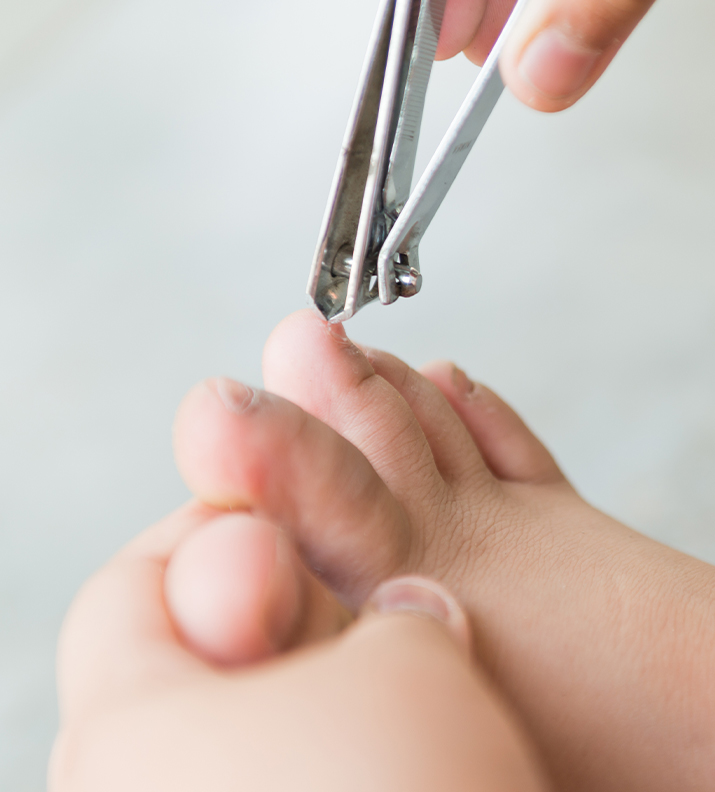
Besides your face, acne can appear on your upper back, shoulders, chest, and forehead. The reason acne strikes in these areas is that they have the most sebaceous glands, also known as oil glands, than other parts of the body. Hair follicles and oil glands remain permanently connected. Bacteria and inflammation present in the body can also lead to an acne outbreak, as can the following factors:
Most people can manage ingrown toenails on their own at home. You just need to know what to look for to ensure that you do not actually have a different foot problem.
The first thing you are likely to notice with an ingrown toenail is that your nail bed feels hard and swollen. Bacteria can enter your skin if your toenail grows into the skin or skin grows over the edge of the nail. You could develop an infection that requires treatment from our dermatology practice if the bacteria travels through your toe before you notice a problem. The following are common indications that you have an infected toenail:
You will need prompt medical attention if you develop an infection or you have an ingrown toenail along with one of these conditions:
People with alopecia areata are more sensitive to damage from the sun. We recommend that you protect your ears, face, and head with a wide-brimmed hat whenever you spend more than a few minutes outside.
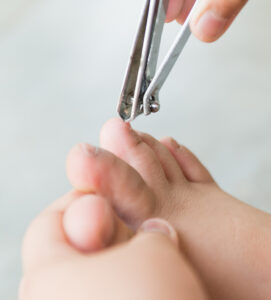
Soaking your foot twice a day in warm water and Epsom salt helps to loosen the ingrown toenail and allow it to grow normally. Be sure to keep your feet warm and dry the rest of the time. To relieve pain in your toe, gently lift the edge of the toenail and place dental floss or cotton between your toenail and skin. Next, rub antibiotic cream onto your toenail and cover it with a clean gauze pad. You will need to change the pad each day.
Plan to wear loose-fitting shoes or sandals as your toe heals to prevent your footwear from causing pressure and additional pain. If you still have pain after going through each of these steps, take acetaminophen or ibuprofen to relieve it. Do not attempt to cut the ingrown toenail yourself, since it could make the problem worse.
Feel free to contact Anne Arundel Dermatology if your symptoms do not go away in a few days or you feel concerned about a possible infection.
To request an appointment, call 443.351.3376 or submit the form below.
We are highlighting ways that you can take your skin into your own hands. The skin is the largest organ on our bodies but probably one of the most neglected. Even if you haven’t prioritized your skin, there are ways you can bring your skin back to life starting today. Learn five ways to have healthy skin.

We are highlighting ways that you can take your skin into your own hands. The skin is the largest organ on our bodies but probably one of the most neglected. Even if you haven’t prioritized your skin, there are ways you can bring your skin back to life starting today. Learn five ways to have healthy skin.
Click through to learn more about any area of care. If you have concerns, please give us a call to make an appointment to see your dermatologist.








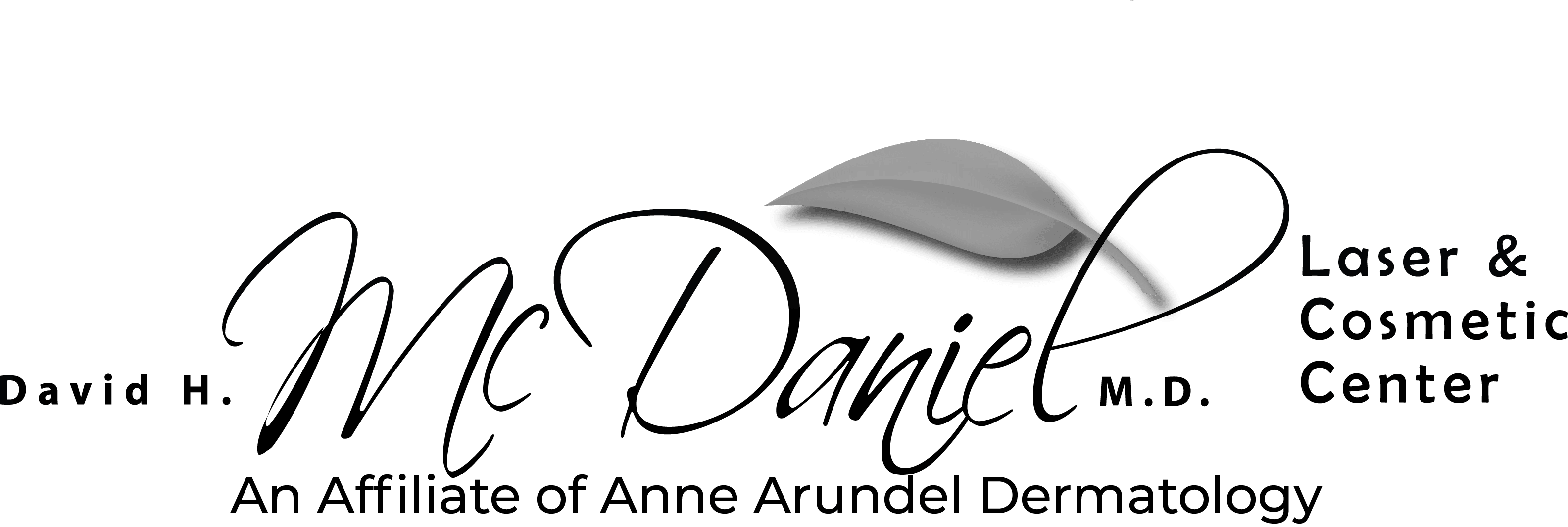
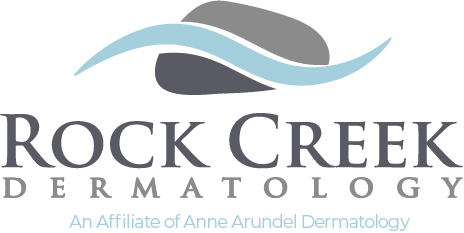
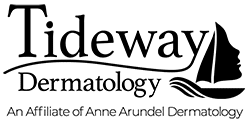








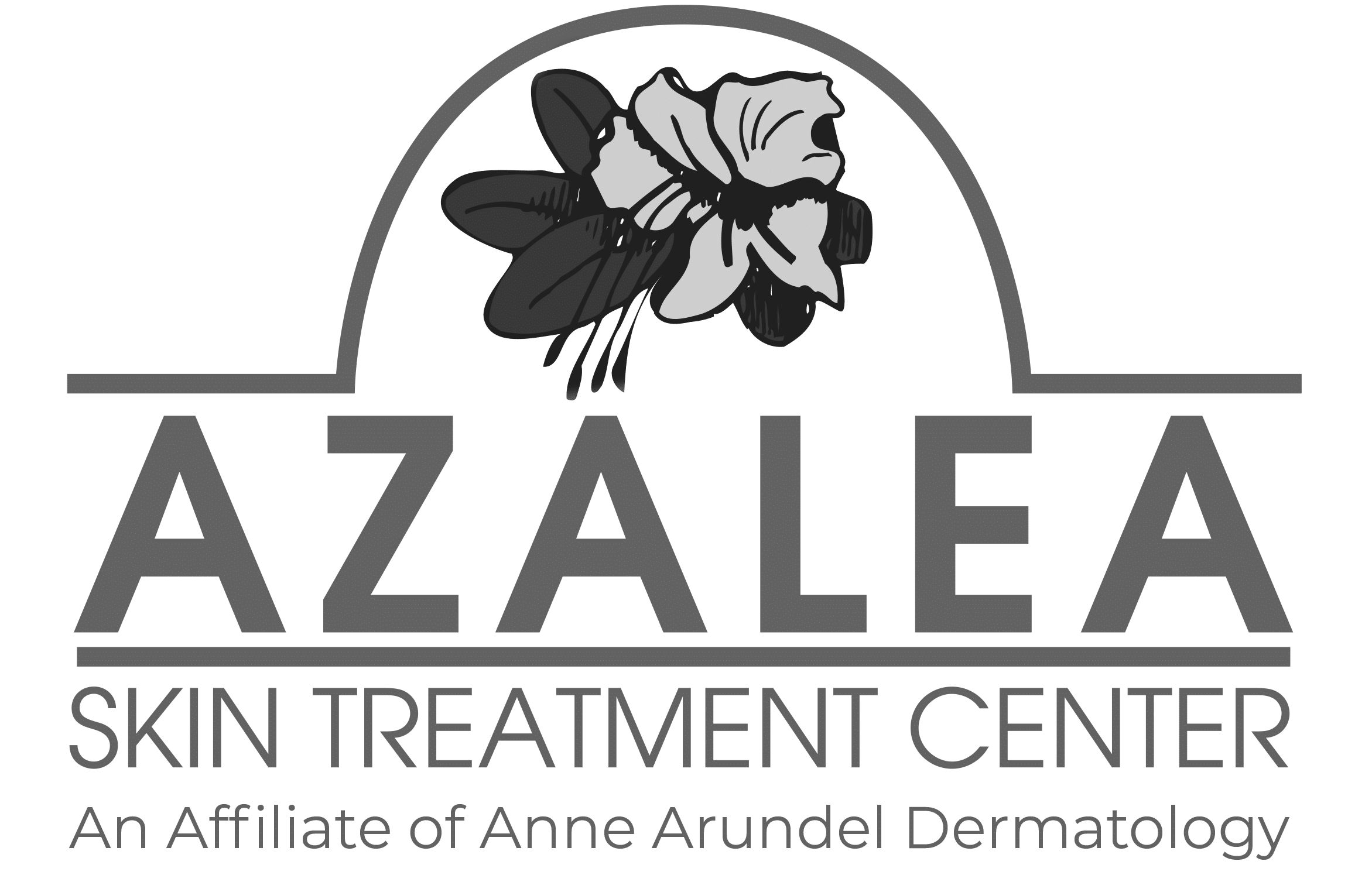

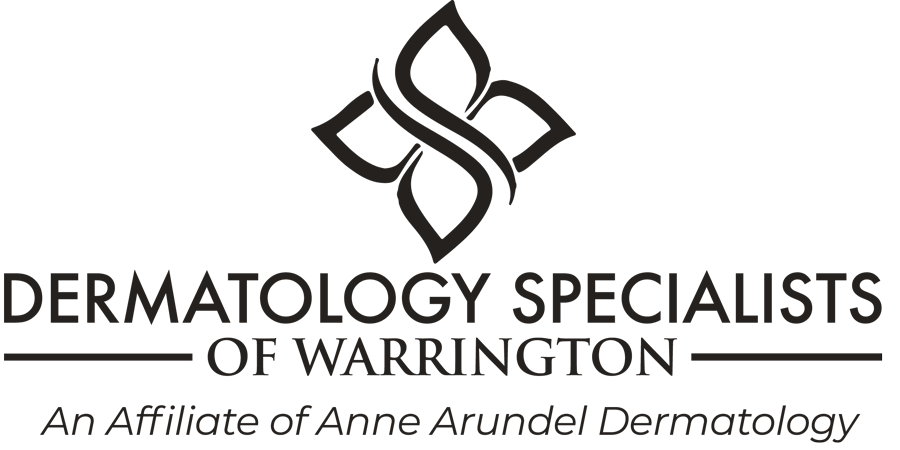










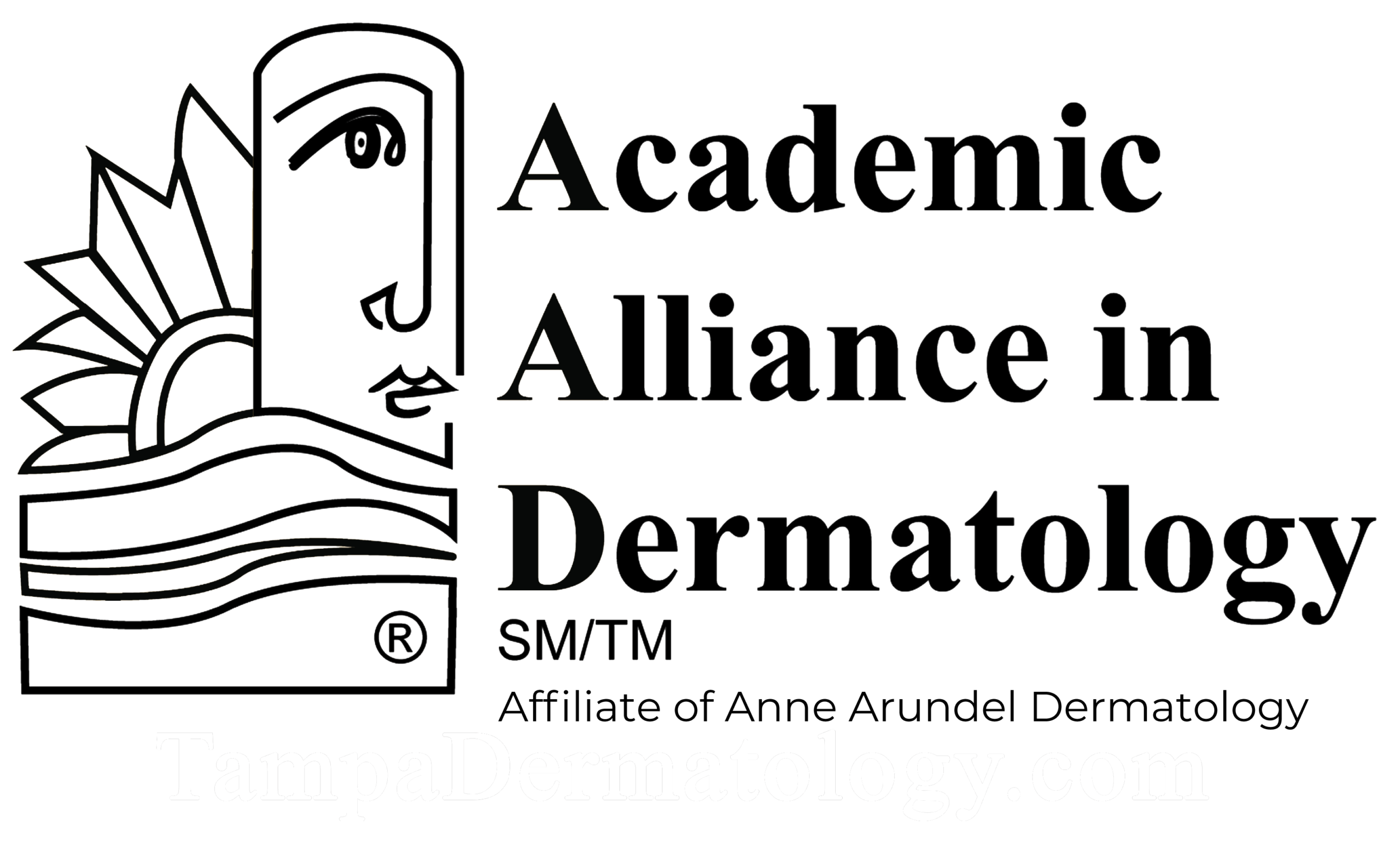
Anne Arundel Dermatology is a great place to work. We offer career advancement opportunities. We invite you to View All Current Openings.
